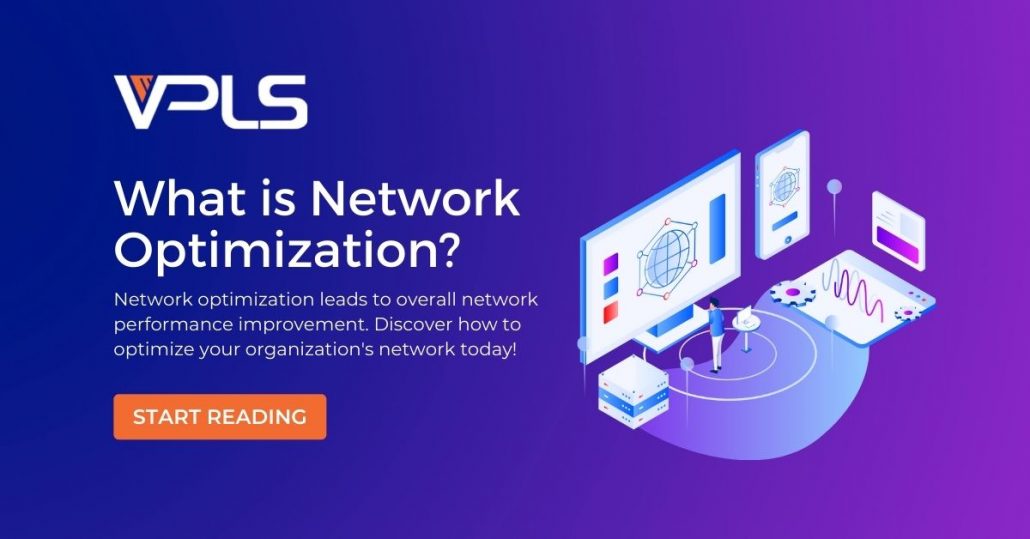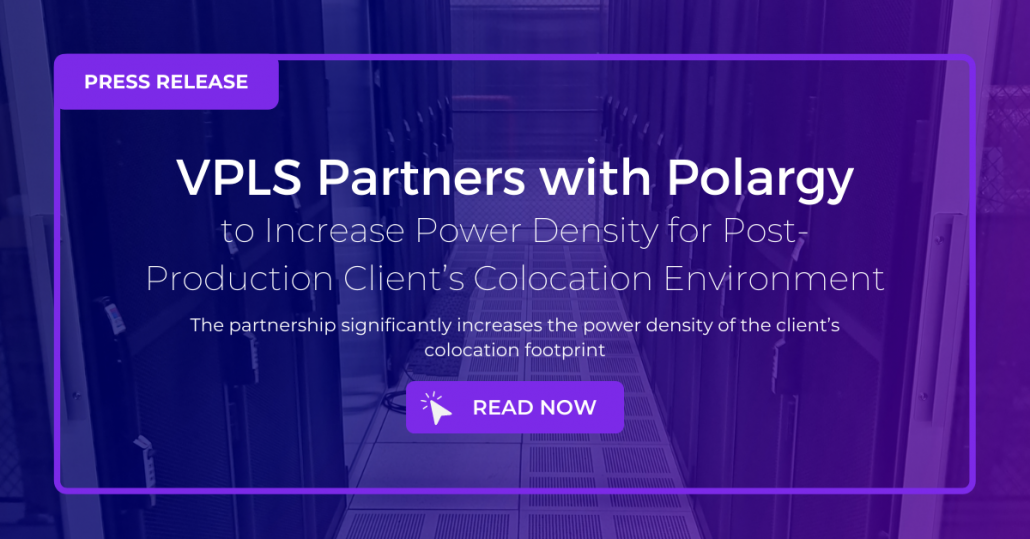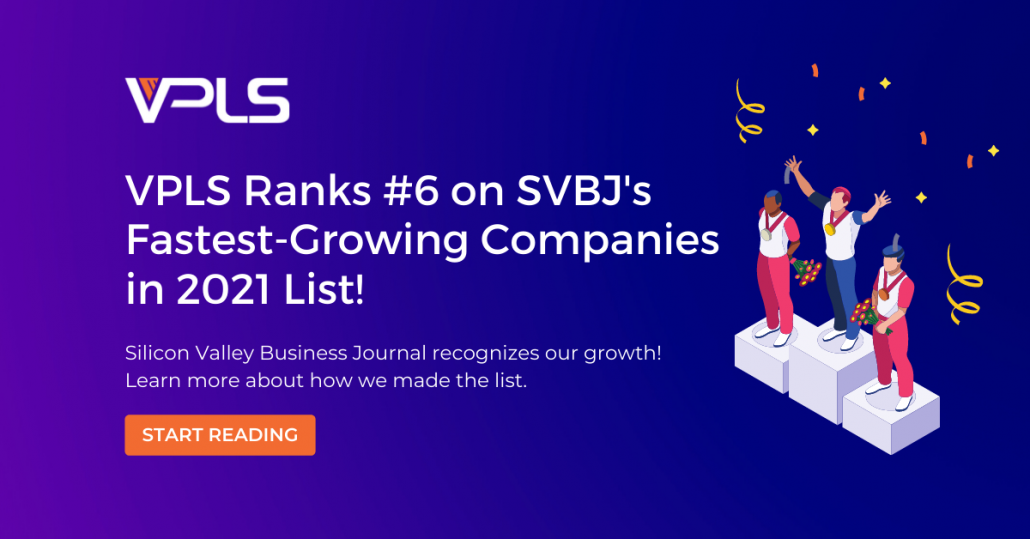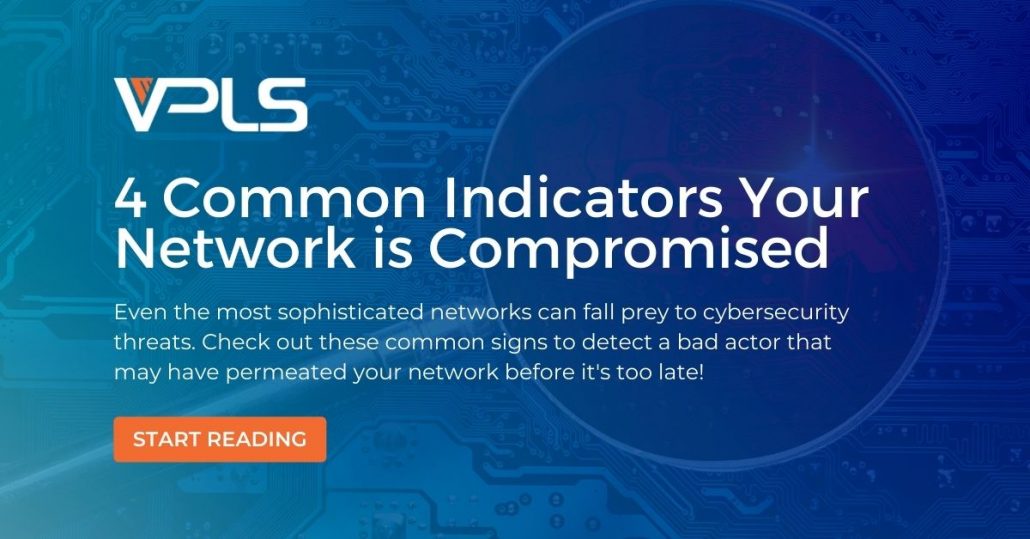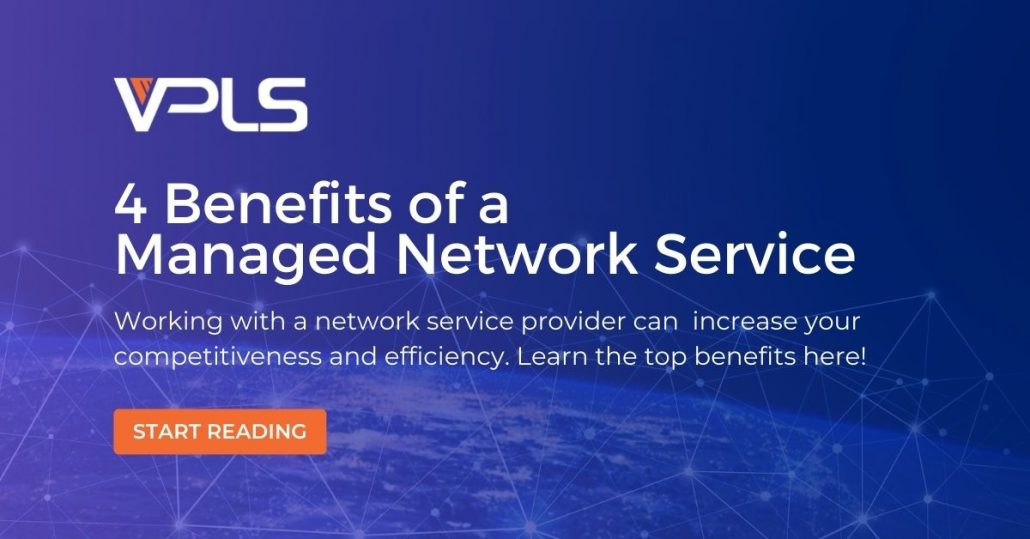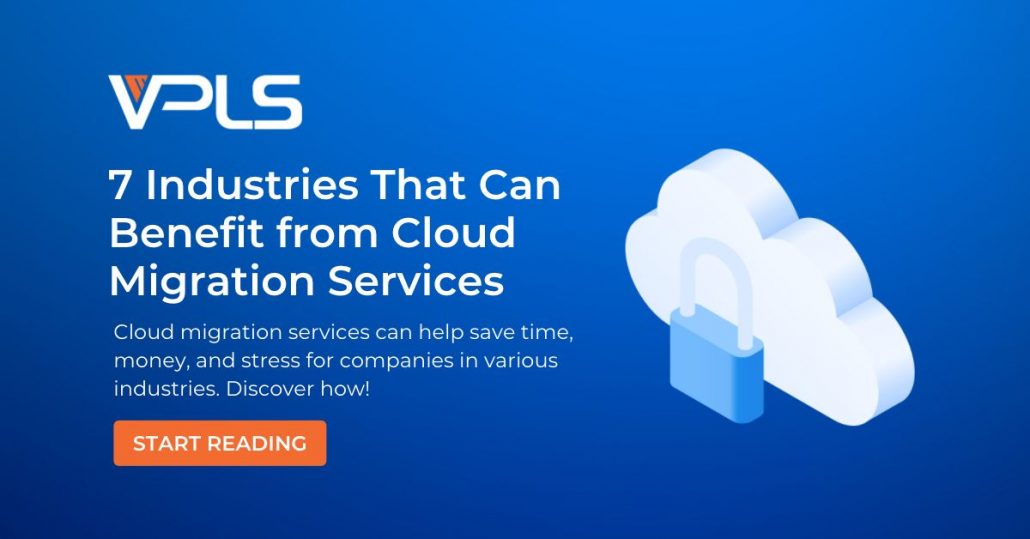What is VDI (Virtual Desktop Infrastructure)?
Published
Written by
Filed under
Businesses that implement Bring Your Own Device (BYOD) policies require a service that grants access to work desktops through personal computers, tablets, and smartphones. Virtual desktop infrastructure, or VDI, is the ideal solution to this predicament by merging the benefits of cloud hosting with the management and security features IT administrators demand. Gain a better understanding of VDI and how it can help your business from VPLS.
Understanding VDI
With VDI, companies host multiple desktop environments on a central server. When remote employees request desktops, VDI delivers desktops to the endpoint devices of remote employees via virtual machines. This process grants workers secure access to applications and systems from any workstation, driving productivity and providing a reliable user experience. This service also prevents organizations from spending extra costs on workstation updates.
How Does VDI Function?
Virtual Desktop Infrastructure features two central pieces that inform how it operates — the hypervisor and the connection broker. A hypervisor divides the physical server into the virtual machines that host virtual desktops, enabling workers to access business data remotely. A connection broker is the software that connects users on endpoint devices to the server.
Companies can take either a persistent or non-persistent approach when deploying VDI. Persistent VDI saves data changes, requiring users to log into the same desktop image each time. This method is best for employees that handle complicated digital workflows and use virtual desktops the same way they would a physical work computer.
Non-persistent VDI does not save changes, making it most effective for task workers who only need one-time access to their desktops. Additionally, the non-persistent strategy mitigates expenses and simplifies data center management efforts.
Who Uses VDI?
VDI is a versatile service utilized across industries, but several organizations are particularly well-suited for virtual desktops. Businesses with the following users can reap the benefits of this service:
Remote Employees
Using VDI in remote work environments allows employees to retrieve virtual desktops from numerous endpoint devices. It enables workers to utilize one network from separate locations without sacrificing central access or application management. Companies that use persistent VDI can personalize desktops to complement the needs of each user and keep data secure in core centers and software systems.
Contract Workers
Contract employees pose unique challenges for businesses. They must access some critical information to complete temporary tasks but may expose the company to additional security risks. VDI solves this dilemma by permitting contract workers to use resources related to their duties without granting full access to corporate data. This feature heightens security and prevents companies from spending more money on new endpoint devices for these employees.
Call Centers
One of the best uses for non-persistent VDI is a call center because employees only require standard desktops to conduct daily activities. Call centers with the necessary software installed can conveniently patch and deploy non-persistent virtual desktops onsite without incurring high overhead expenses.
Advantages of Choosing VDI
While implementing a virtual desktop infrastructure does not make sense for every company, it can prove valuable for those that deploy a persistent or non-persistent model. For businesses that incorporate virtual desktops, benefits typically include:
- Centralized management: VDI allows businesses to conduct numerous tasks from a single server, from modifying configurations to updating software. This centralized approach makes virtual desktops easier to manage than computers running on local operating systems.
- Enhanced security: With VDI, all corporate data resides on servers and not endpoint devices. Therefore, the information stays protected even if a remote work computer or tablet is stolen.
- Minimized expenses: Organizations that implement virtual desktops seldom purchase new devices for remote employees because it processes information on the server. Users can successfully access virtual desktops from thin clients and older computers, eliminating the need for additional capital.
- Remote usage: Virtual desktops allow employees to conduct work duties from any device or location. Additionally, VDI provides on-demand access to applications and systems. This setup is highly conducive to businesses with a remote workforce.
Discover VDI Solutions from VPLS
If your business is in need of VDI, turn to VPLS for innovative solutions. We offer exceptional cloud-hosted VDI, or Desktop-as-a-Service (DaaS), that helps remote workforces achieve better productivity, as well as on-premise VDI that assists in-house teams with graphics and memory-heavy applications.
For more than 20 years, VPLS has provided customized IT solutions to global organizations. With 18 data centers across the United States, Europe, and Asia and 68,000 servers under management, we can serve businesses of all sizes and industries.
Contact us today to learn more about our VDI solutions and how they can help your business.
Read More from this Author
If you enjoyed this article, you'll probably like:



